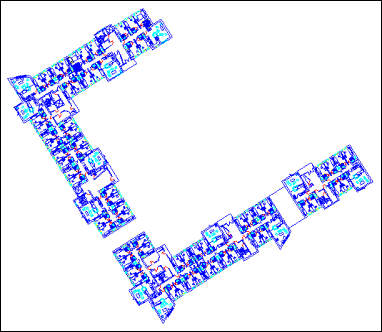
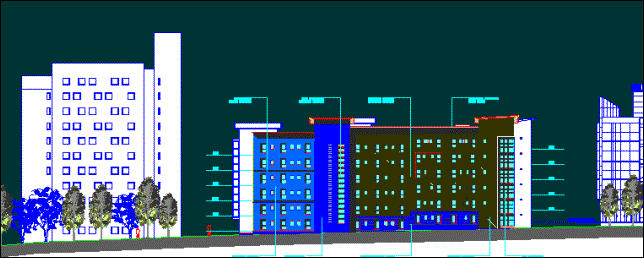
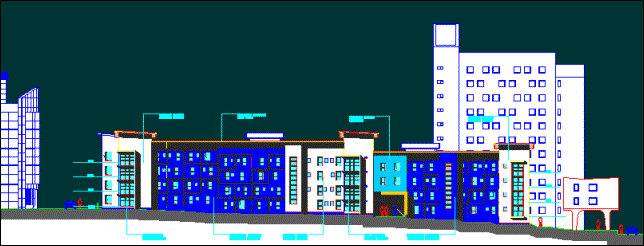
An ESRU Consultancy Case Study
ESRU Consultancy
was commissioned to investigate the changes of the micro-climate due to the
discharge of pollutants from roof-top stacks on the CNDR building at the University
of Dundee. The client, Boswell Mitchell & Johnston Architects, requested CFD
simulations for the 4 cardinal wind directions, each at 2 wind speeds (normal
and worst case), plus a zero wind speed condition.
The following figure shows the building plan plus the north and south facades
of the proposed development.
 |
  |
The following figurespresent different views of the CFD model created directly from AutoCAD drawings. The model included the Centre for Inter-Disciplinary Research (CNDR), the Wellcome Trust Biocentre (WTB), the Duncan of Jordanstone College of Art (DJCA) and the Belmont Tower (BT) including the proposed new portion. The modelled site portion was approximately 300m in length and 25m in width. A virtual wind tunnel was created to impose the different wind conditions.
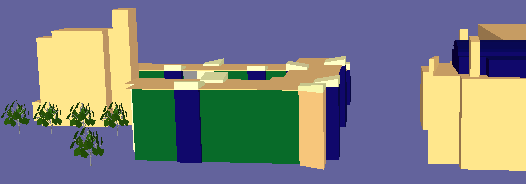 |
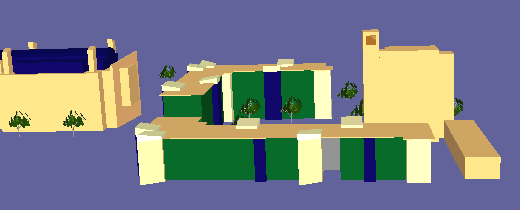 |
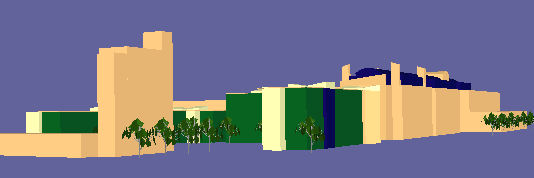 |
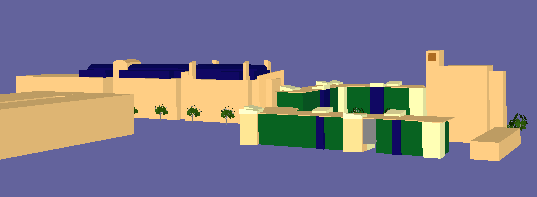 |
The following figure shows the 3D air flow vectors over the site under a west wind condition. The colours indicate the magnitude of the resultant wind velocity.
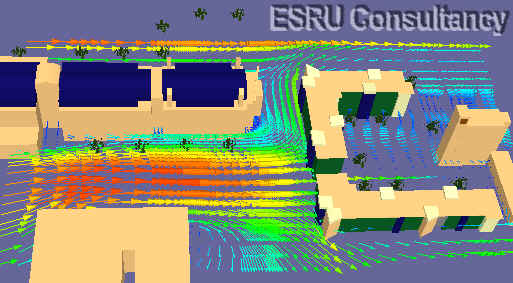 |
The following figure shows the distribution of contaminant
over the Belmont Hall courtyard and beyond, again under a west wind condition.
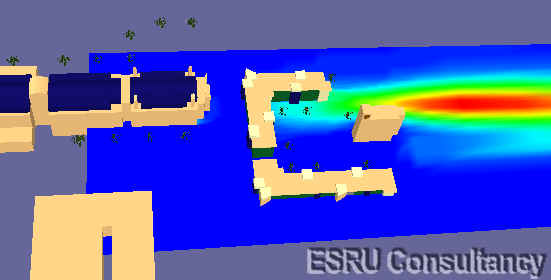 |
The following figures show the north and south views of the 3D plume of contaminant
over the Belmont Hall.
 |
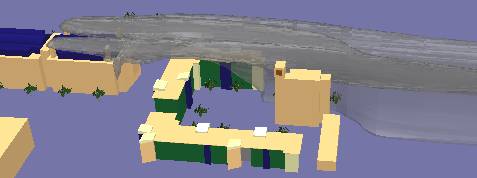 |
The following animation shows the actual flows of the contaminant from different wind directions. The colour variations of the streamlines indicate the concentration of the contaminant along their flow paths; the movement of the streamlines indicate the actual speeds of contaminant plumes from the stacks.
West wind:
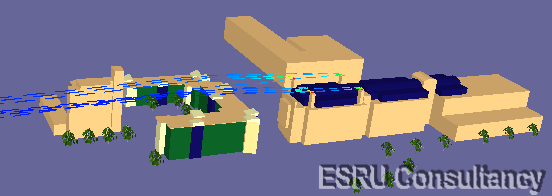 |
South wind:
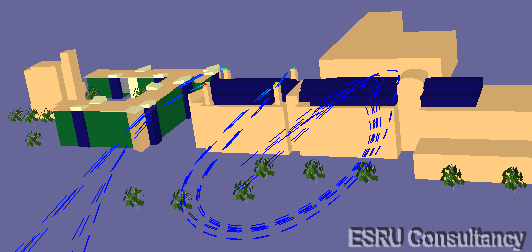 |
Findings:
locations where risks of air pollution are high are identified and quantified;
the
reasons why such contaminations occur are explained;
the
magnitude of air pollution in relation to wind speed is quantified; and
measures to mitigate the risk are recommended.